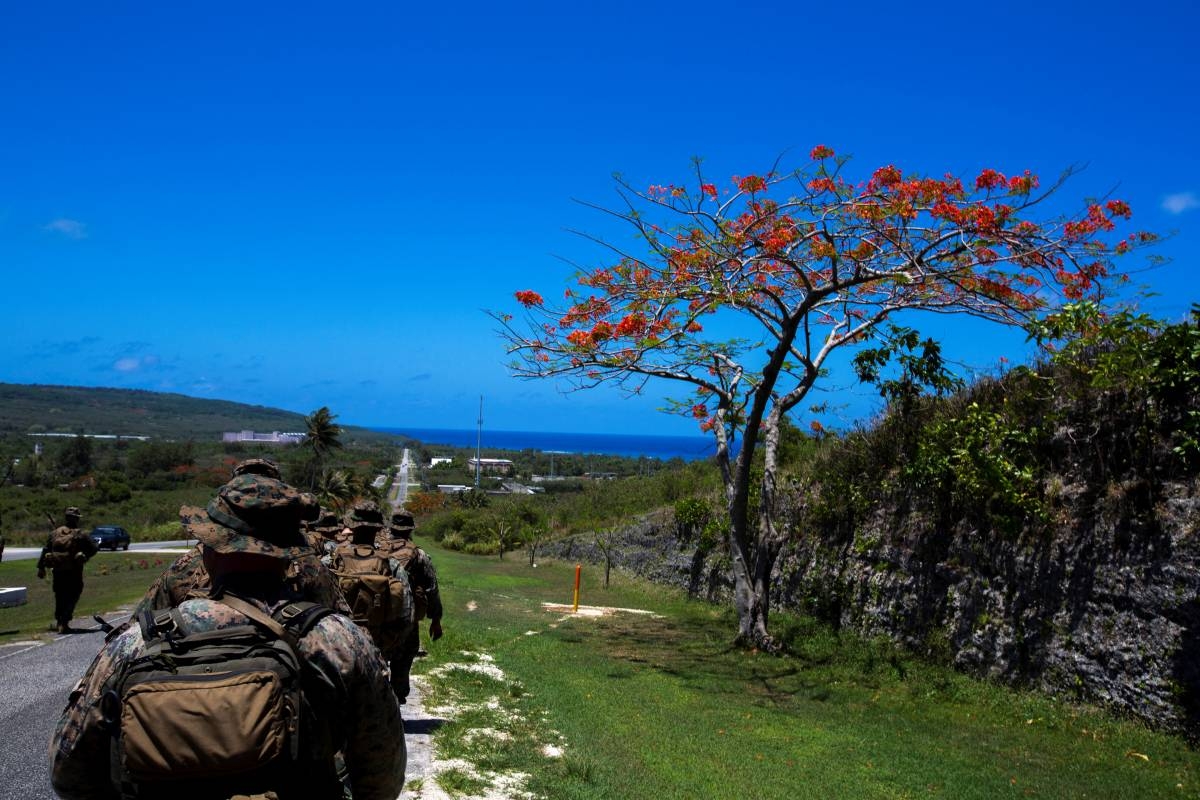In the middle of the Pacific Ocean, an abandoned US airfield once crucial in dropping the nuclear bomb on Japan is being revived. This airfield, located on Tinian island, was nearly lost to history as encroaching forest threatened to swallow it. However, the focus of the revival is not Japan but rather Beijing’s increasing influence in the Pacific.
The revival of World War II-era airfields, including the one on Tinian, is part of the Pacific Air Forces’ (PACAF) efforts to enhance infrastructure in the region. While the PACAF spokesperson mentioned the need to improve warfighting capability and deterrent posture alongside allies and partners, China was not directly mentioned. Nevertheless, Washington’s plans for an extensive facility on Tinian align with its military pivot to the Pacific and China’s construction of its own bases in disputed waters.
According to the Department of Defense’s 2022 planning document, the National Defense Strategy, the People’s Republic of China poses the most comprehensive and serious challenge to US national security. China aims to reshape the Indo-Pacific region and the international system according to its interests and authoritarian preferences.
Tinian’s old military airfield, buried beneath overgrown jungle, will undergo clearing in the coming months. Meanwhile, military projects for fuel and airfield development at the island’s nearby civilian airport are already underway. These efforts reflect the Pentagon’s strategy to establish flexible military bases that can operate independently from existing installations in Japan, South Korea, and Guam.
The airfield at Tinian, though relatively unknown today, was once the most important and busiest in the world in 1945. Its six runways played a vital role in supporting US B-29 bombers on missions against Japan, including the ones that dropped the nuclear bombs on Hiroshima and Nagasaki. The devastating impact of these weapons resulted in the loss of approximately 200,000 lives.
In recent years, the budget allocated to Indo-Pacific military construction costs has doubled, reflecting the increased focus on the region. The Pentagon aims to create a network of military bases that can adapt to changing circumstances and ensure continued access to strategic locations.
On Tinian, work has already begun near the civilian airport and will extend towards the World War II airfield in the north of the island. The rehabilitation of the tarmac and the construction of fuel tanks are expected to be completed within two years, with a budget of at least $162 million. These plans serve as contingency measures in case access to Andersen Air Force Base or other western Pacific locations is limited or denied.
While the total cost of multiple projects on Tinian remains unclear due to differing timelines and requirements, it is worth noting that not all work is being executed solely by the US Air Force.
The revival of Tinian’s airfield is just one example of the efforts to revamp World War II-era bases in the Pacific. These projects aim to bolster infrastructure and enhance military capabilities in response to China’s growing influence. As tensions rise in the region, the United States is taking proactive measures to protect its national security interests and maintain stability in the Indo-Pacific.







